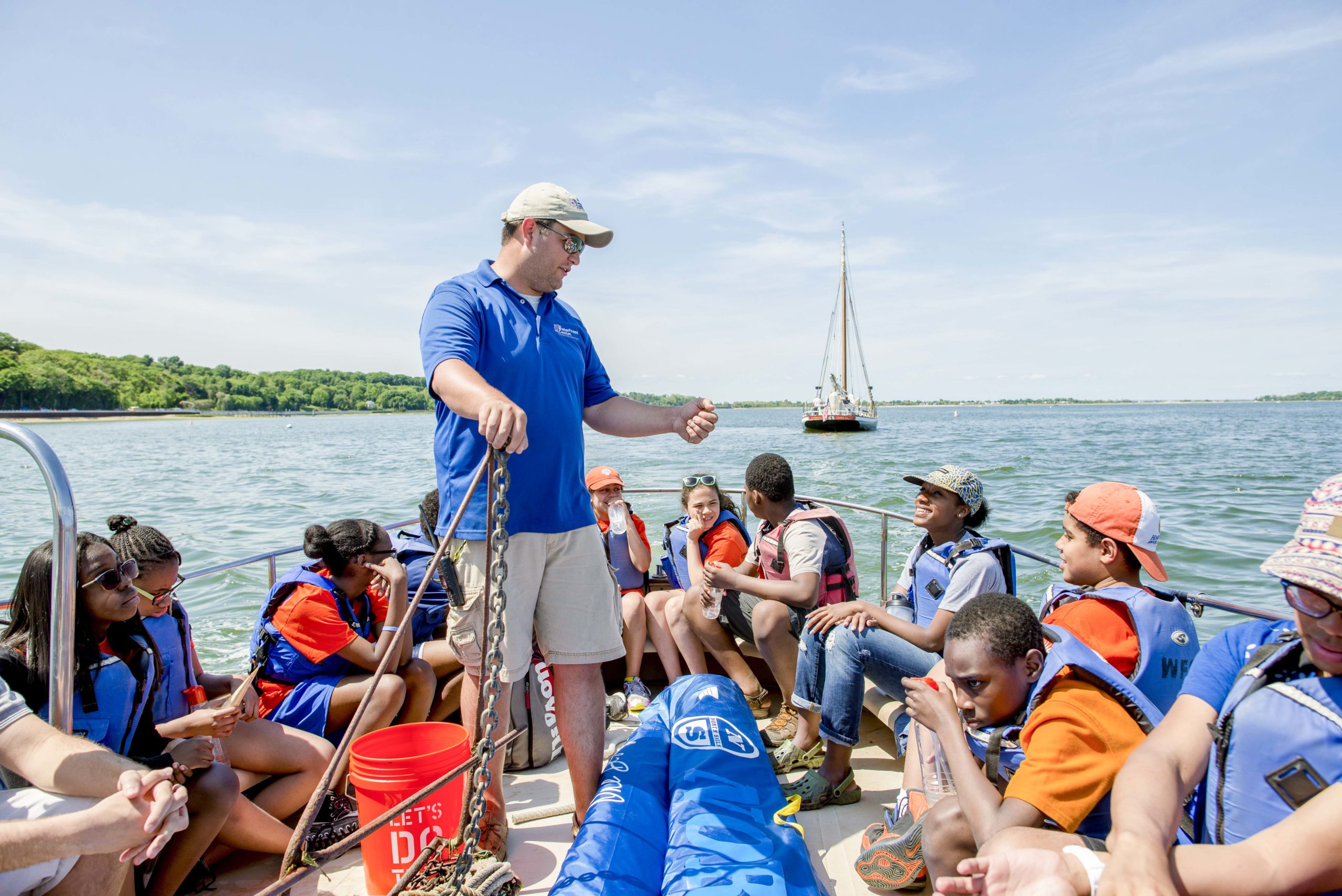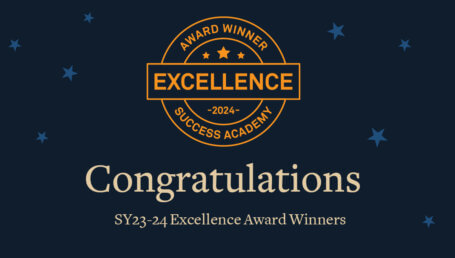
For three days at the end of May, two dozen seventh-grade scholars from three Success Academy middle schools — Harlem East, Harlem West, and Harlem Central — traveled to Oyster Bay, L.I., to study marine biology, ecosystems, winds, tides, and sailing at the Waterfront Center.
The scholars learned about different types of sea animals, and the natural and man-made forces that affect their life cycles. Every day, they went sailing, crewing small boats and — on the last day — a historic 40-foot sloop, the Christeen.
I think it surprised the scholars how much of what they were learning had to do with math. It surprised me, too – but as a teacher, I found it exciting for the scholars to see how a fun activity like sailing could have as its foundation the mathematical concepts and skills they had studied in school.
I found it exciting for the scholars to see how a fun activity like sailing could have as its foundation the mathematical concepts and skills they had studied in school.
At the Waterfront Center’s anemometer creation workshop, everything the scholars learned in middle school math was put to the test. Anemometers are devices that look sort of like pinwheels and measure wind speed. The faster the anemometer spins, the harder the wind is blowing. But how do you know what the speed is? The answer is calibration, using math conversions, ratios, rates, and proportions.
First, the scholars used a common household fan and an electronic anemometer, which was plugged into a smartphone, to get an accurate wind speed. Then, they built their own anemometers using paper cups, straws, push pins, and pencils, and tested them using the wind generated by the fan. They had to compare the speed of their anemometers against the real one, figure out the difference in performance, and calculate how to correct for the error in order to get an accurate reading on their own devices.
Because wind speed is measured in knots, or nautical miles per hour, they had to learn how to convert that number to the more familiar measurement of (statute) miles per hour.
The scholars also studied the cardinal directions, which not only have names – north, south, east, and west – but numbers as well. North is 360 degrees; south is 180; east is 90 degrees, and west is 270. In a sailboat, navigation involves choosing a numerical heading, identifying the wind speed and direction, and calculating how to set the sail in order to maneuver the boat where the captain wants to go.
The scholars practiced on the small boats, learning how to position the sail at the proper angle to the wind to make the boat move while keeping it under control. One exercise involved heeling the boat to the lean point: making it tip sideways, so close to water that the scholars could put their hands in the bay. They also steered using the tiller, compensating for both the wind and the direction of the currents and tides.
The scholars got to put all their skills into practice aboard the Christeen. It took all their combined strength to pull the ropes and raise the mainsail when Capt. Pete Macandrew called, “Ready on peak halyard? Ready on throat halyard? Haul all!”
After the sails were set and the Christeen was cutting cleanly through the water, Capt. Macandrew asked, “What point of sail are we?” Every scholar knew the answer: “Close hauled sail,” meaning the sail was positioned close to the direction of the wind. Seventh-grader Jordan Burt even stood facing the wind with his arms stretched out in front of him to better find where the wind was coming from.
That was math in action – and the scholars loved it.









